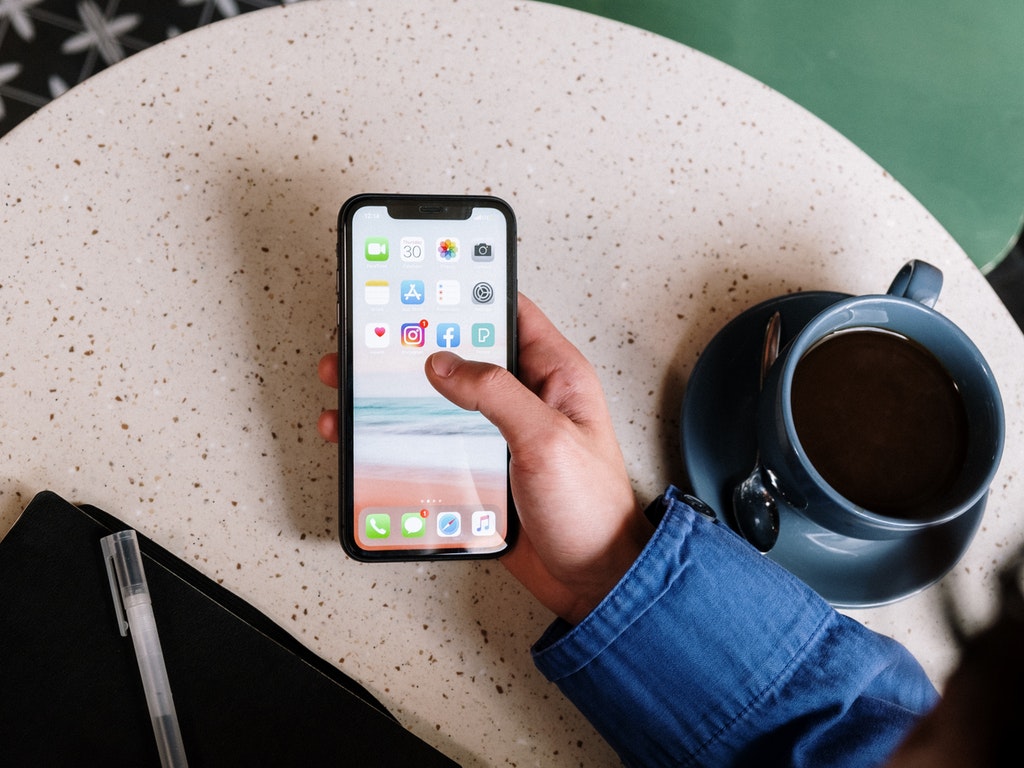5G is a next-generation wireless network technology that will change the way you live and work. It’s expected to be much faster than current connections and should be able to handle more connected devices than the existing 4G LTE network. It will also enable a new wave of connected tech products. Early versions of the networks exist, but they have not yet fulfilled their potential.
Several companies are racing to deploy the fastest and largest 5G networks in several countries. And countries are competing with each other to set up and fully functioning 5G networks. This is because 5G is expected to provide the base for technologies that will truly transform our lives, businesses, infrastructure, and defence applications.
Most of the excited chatter around 5G revolves around its speed. Yes, it is expected to take average speeds from Mbps to Gbps. But there’s more too. It will have greater bandwidth that allows many more connected devices than any previous network. It also means clear service, even in congested areas. It also means more smart devices like smart toothbrushes, self-driving cars, and smart homes.
5G is also a low latency network. This means it takes almost no time for any connected device to ping a server and get a response from it. This will enable remote surgeries, self-driving cars, HD video conferencing, and fast and easy communication with cloud platforms.
5G signals run over new radio frequencies. It will require updating radios and other equipment on cell towers. What you should know is that there are three types of 5G networks: low-band which has the widest reach but is only 20% faster than 4G, mid-band which has a balance between speed and coverage, and high-band, which offer superfast speeds, but has the most limited range and signals that struggle to travel through hard surfaces.
The fastest 5G networks are expected to be at least ten times faster than 4G LTE. Some say they could even be 100 times faster. You could be able to download a two-hour movie in under ten seconds. Wouldn’t that be something?
You will need 5G-enabled devices in order to connect to 5G networks. Fortunately, Samsung, Motorola, Huawei, LG, OnePlus, and several other manufacturers have already started offering 5G-enabled devices.
